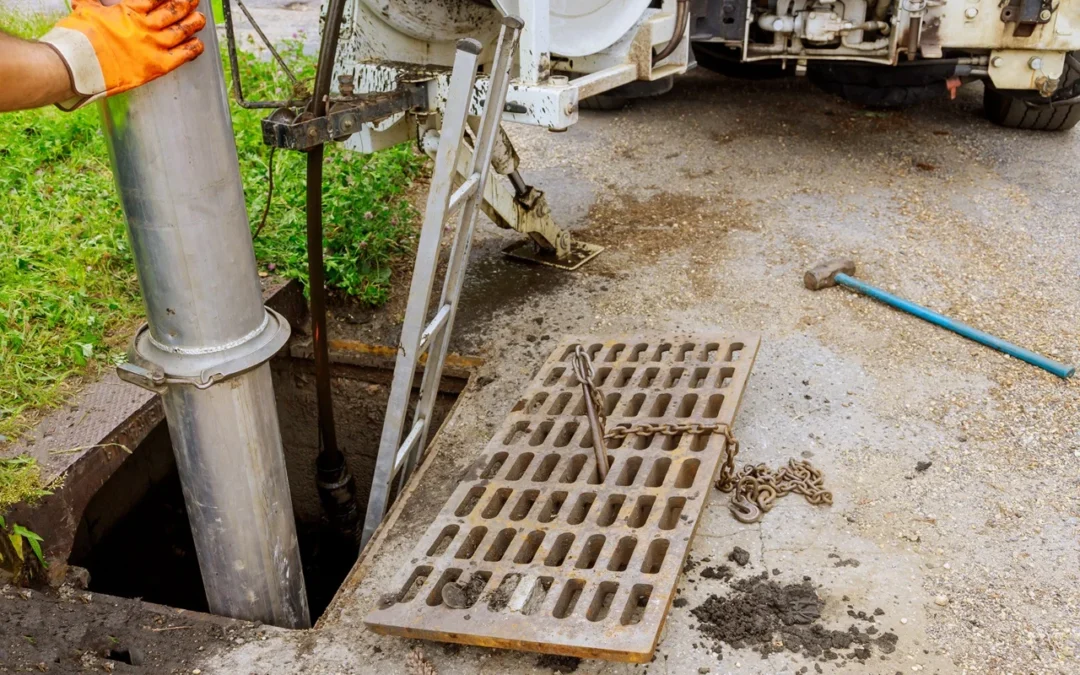Effective wastewater management is a priority for property owners, facility managers, and urban planners alike, as it is essential for maintaining the health, safety, and well-being of both individuals and the environment. Sewage lifting stations play a critical role in this area by enabling the efficient transport of wastewater from one elevation to another when gravity sewage systems are not feasible or practical. These stations are integral to many wastewater treatment systems, ensuring sewage moves seamlessly from one location to another, ultimately finding its way to treatment plants or disposal facilities.
To maximise the effectiveness of sewage lifting stations and minimise potential issues related to wastewater management, it is essential to understand the proper design, installation, and maintenance of these systems. By doing so, we can ensure that sewage lifting stations operate optimally while also safeguarding the environment and infrastructure around us.
In this blog post, we will be shedding light on the fundamentals of sewage lifting station design, providing practical tips for successful installation, and outlining key maintenance considerations to ensure these vital wastewater management systems continue functioning as intended. Our insights will help property owners, facility managers, and wastewater professionals make informed decisions surrounding their sewage lifting stations and ensure proper handling of wastewater in various settings.
Let’s dive into this essential guide to sewage lifting stations and discover how you can keep your wastewater management systems running smoothly and efficiently.
Understanding Sewage Lifting Station Design
1. Pump Selection
Choosing the right pump for your sewage lifting station is crucial for its efficient performance. Consider factors such as flow rate, head capacity, and the ability to handle varying levels of solids when selecting the pump. Submersible sewage pumps are a popular choice for most sewage lifting stations, as they offer high performance, durability, and reliability in demanding conditions.
2. Wet Well and Dry Well Configurations
Sewage lifting stations can be designed in either a wet well or dry well configuration. In a wet well configuration, the pumps and all associated components are located within a wet chamber submerged in sewage. This translates to a reduced footprint and a simpler installation process. Dry well configurations feature separate chambers for pumps and wastewater, allowing easier access for maintenance. Prioritise the specific requirements and constraints of your project when deciding upon the appropriate configuration.
3. Ventilation and Odour Control
Proper ventilation and odour control measures are essential to maintaining a safe and hygienic environment around your sewage lifting station. This includes fitting the wet well with ventilation ducts and covers and using odour control devices such as active carbon filters or chemical scrubbers for the effective filtration of foul-smelling emissions.
Strategies for Successful Sewage Lifting Station Installation
1. Site Assessment and Preparation
Assessing and preparing the site of your sewage lifting station is crucial for a smooth installation process. This includes evaluating soil conditions, groundwater levels, and access to utilities, as well as organising excavation or site levelling works if needed.
2. Compliance with Local Regulations
Ensure your sewage lifting station complies with local regulations regarding wastewater management and construction. This may involve obtaining necessary permits, meeting specific design criteria, and arranging inspections during the installation process.
3. Professional Expertise and Support
The help of experienced professionals can be invaluable during the installation of your sewage lifting station. Partner with qualified engineers, pump specialists, and construction teams to ensure that the installation is undertaken with precision and aligned with industry standards.
Key Considerations for Sewage Lifting Station Maintenance
1. Regular Inspections and Monitoring
Schedule routine inspections and monitor the performance of your sewage lifting station, keeping an eye on the system’s flow rate, power consumption, and any changes in pump noise or vibration. This proactive approach can help identify potential issues early on, enabling prompt maintenance action before a problem escalates.
2. Cleaning and Debris Removal
Clearing any accumulated debris or sludge from the wet well and pump impellers is essential for maintaining efficiency. Schedule periodic cleaning sessions, either manually or with professional assistance, depending on the size and complexity of your sewage lifting station.
3. Component Maintenance and Replacements
Maintain your sewage lifting station’s electrical and mechanical components, including control panels, pumps, valves, and sensors. By following the manufacturer’s guidelines and replacing worn-out parts as needed, you can ensure that your sewage lifting station continues to operate at peak performance.
Conclusion
Having a working knowledge of sewage lifting stations is essential for property owners, facility managers, and wastewater professionals committed to effective wastewater management. By understanding the fundamentals of design, adhering to best practices for installation, and proactively undertaking maintenance tasks, you can ensure that your sewage lifting station performs efficiently while also protecting the surrounding environment and infrastructure.
Our team of experts at A&C Pumps Ltd strives to provide you with the best guidance, support, and top-quality equipment for your sewage lifting station needs. If you require professional assistance, don’t hesitate to reach out to us for help in choosing, installing, or maintaining the ideal sewage lifting station for your unique requirements. We’re dedicated to helping you achieve the best possible wastewater management solutions.

